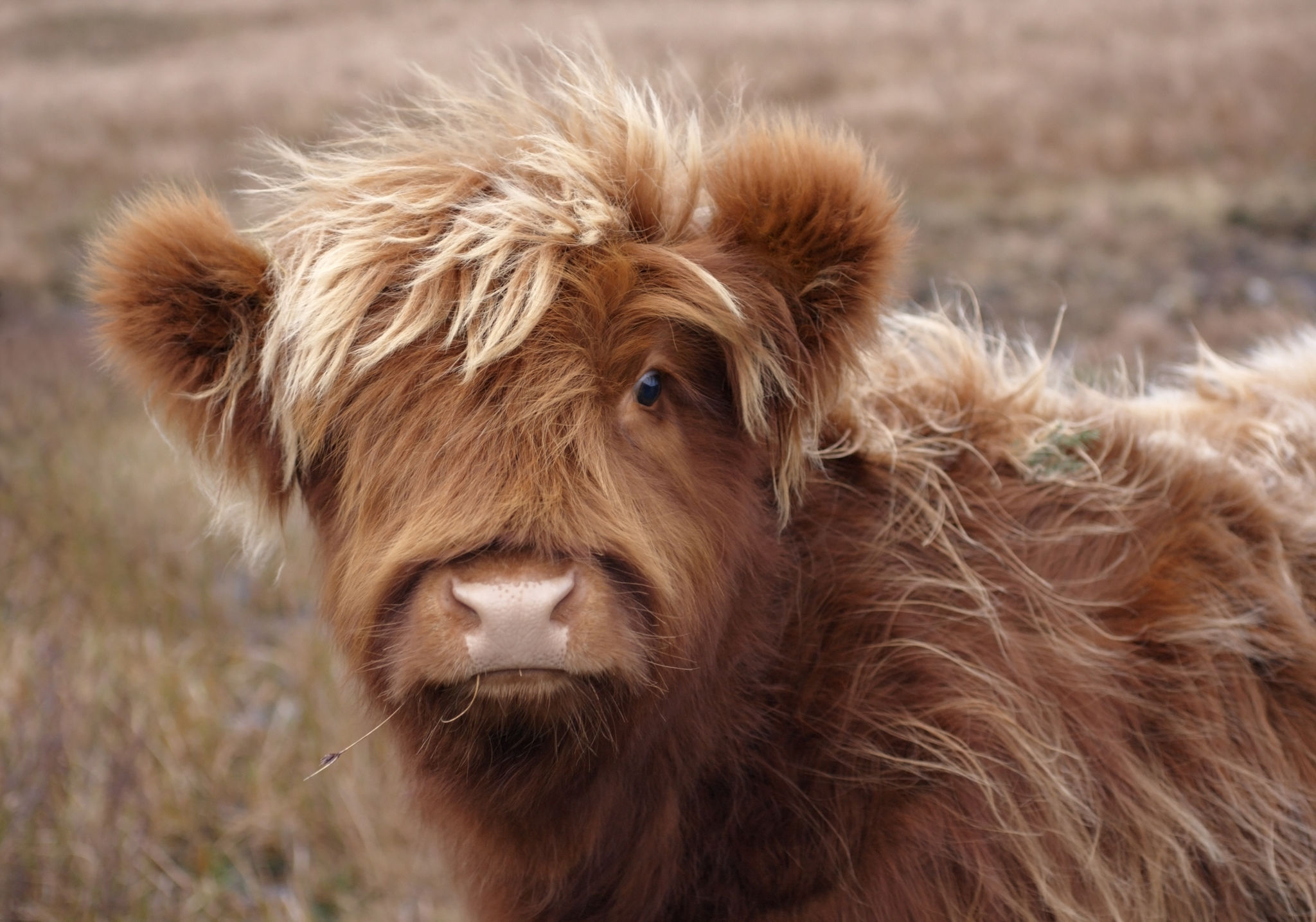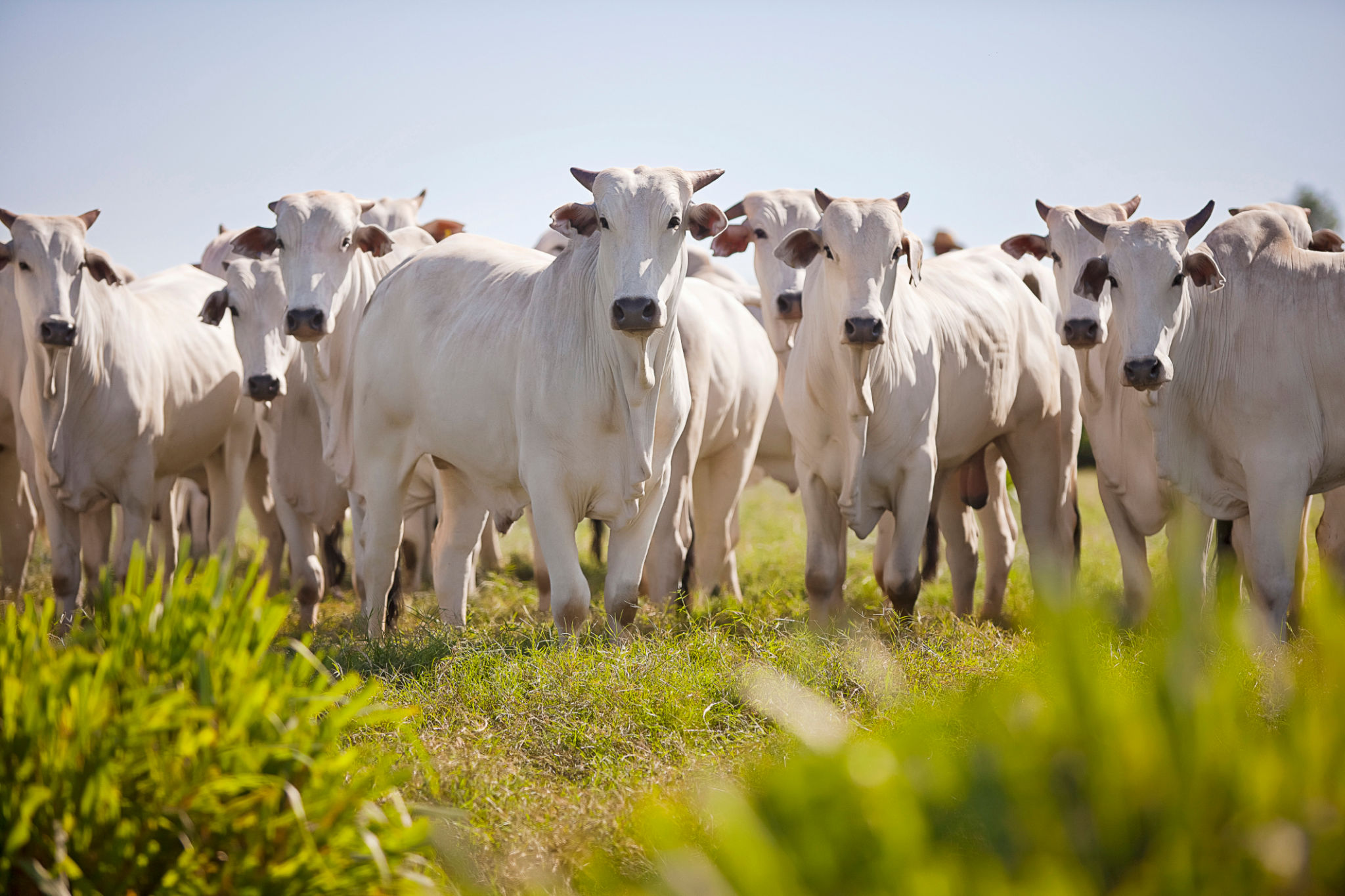How to Prepare Your Ranch for the Arrival of Highland Calves
Understanding Highland Calves
Highland calves are a unique and hardy breed known for their long, shaggy coats and distinctive horns. Originating from the Scottish Highlands, these calves are well-suited for cold climates and rough terrains. Before welcoming them to your ranch, it's essential to understand their specific needs and characteristics.

These calves tend to thrive in environments that mimic their natural habitat. They require ample space to roam and graze, as well as protection from extreme weather conditions. The more you know about their behavior and requirements, the better prepared you'll be for their arrival.
Preparing Pasture and Shelter
The first step in preparing your ranch for Highland calves is ensuring that you have adequate pasture and shelter. Highland calves need plenty of grassy areas to graze. Consider fencing off a secure area where they can move freely without the risk of wandering off.

For shelter, it's crucial to provide a space that offers protection from harsh weather. A simple barn or a three-sided shed can be sufficient, as long as it shields them from rain, wind, and intense sunlight. Make sure that the shelter is clean and free of any hazards.
Stocking Up on Essential Supplies
Having the right supplies on hand is vital for the care and maintenance of Highland calves. Here are some essentials you'll need:
- Feed and Water: Ensure you have a steady supply of the appropriate feed for Highland calves, along with constant access to fresh water.
- Medical Supplies: Stock basic veterinary supplies, such as dewormers and vaccines, to keep your calves healthy.
- Bedding Materials: Use straw or wood shavings to provide comfortable bedding in their shelter.

Establishing a Health Care Routine
Keeping your Highland calves healthy requires establishing a regular healthcare routine. Schedule regular check-ups with a veterinarian familiar with the breed. Monitor your calves for any signs of illness or distress and address any issues promptly.
Vaccinations and deworming should be part of their health care plan. It's also important to regularly check their coats and horns for any signs of injury or infection. A well-cared-for calf will grow into a strong and healthy adult.
Training and Socializing Your Calves
Socialization is key for Highland calves, especially if you plan to integrate them with other animals on your ranch. Spend time with your calves daily to build trust and familiarity. This interaction helps them become more comfortable around humans and other animals.

Training can also be beneficial, especially if you intend to handle them frequently. Start with basic commands and gradually introduce new tasks as they become more accustomed to your presence.
Monitoring and Maintenance
Once your Highland calves have settled in, ongoing monitoring and maintenance are essential to ensure their well-being. Regularly inspect their grazing area for any hazards or deficiencies in nutrition. Adjust their diet as needed based on seasonal changes and growth stages.
Keep an eye on their behavior for any signs of stress or discomfort. Addressing issues early can prevent more significant problems down the line. By maintaining a proactive approach, you'll ensure a thriving environment for your Highland calves.